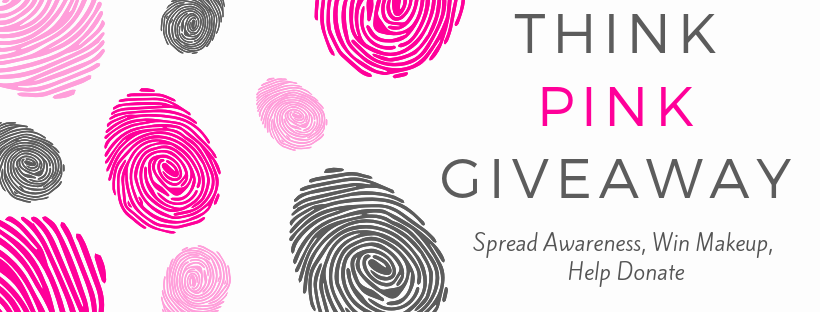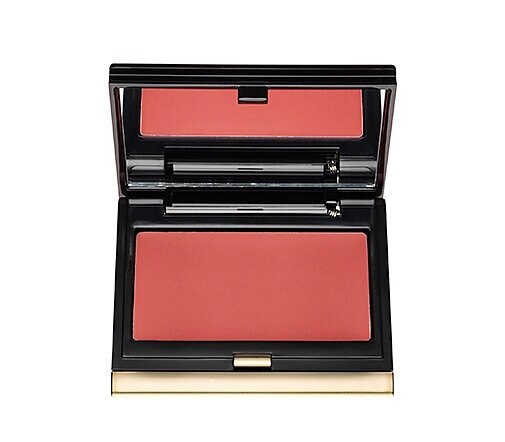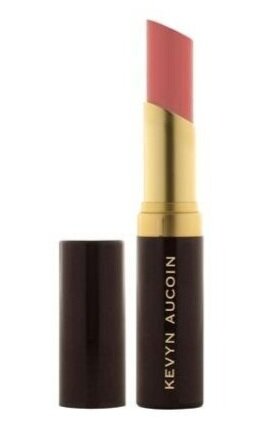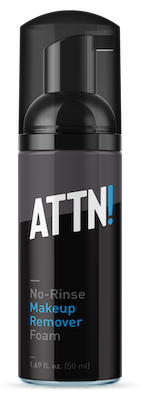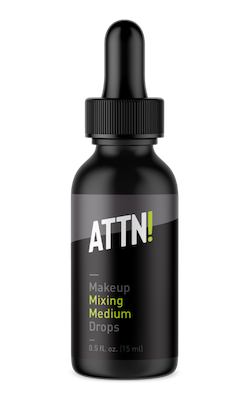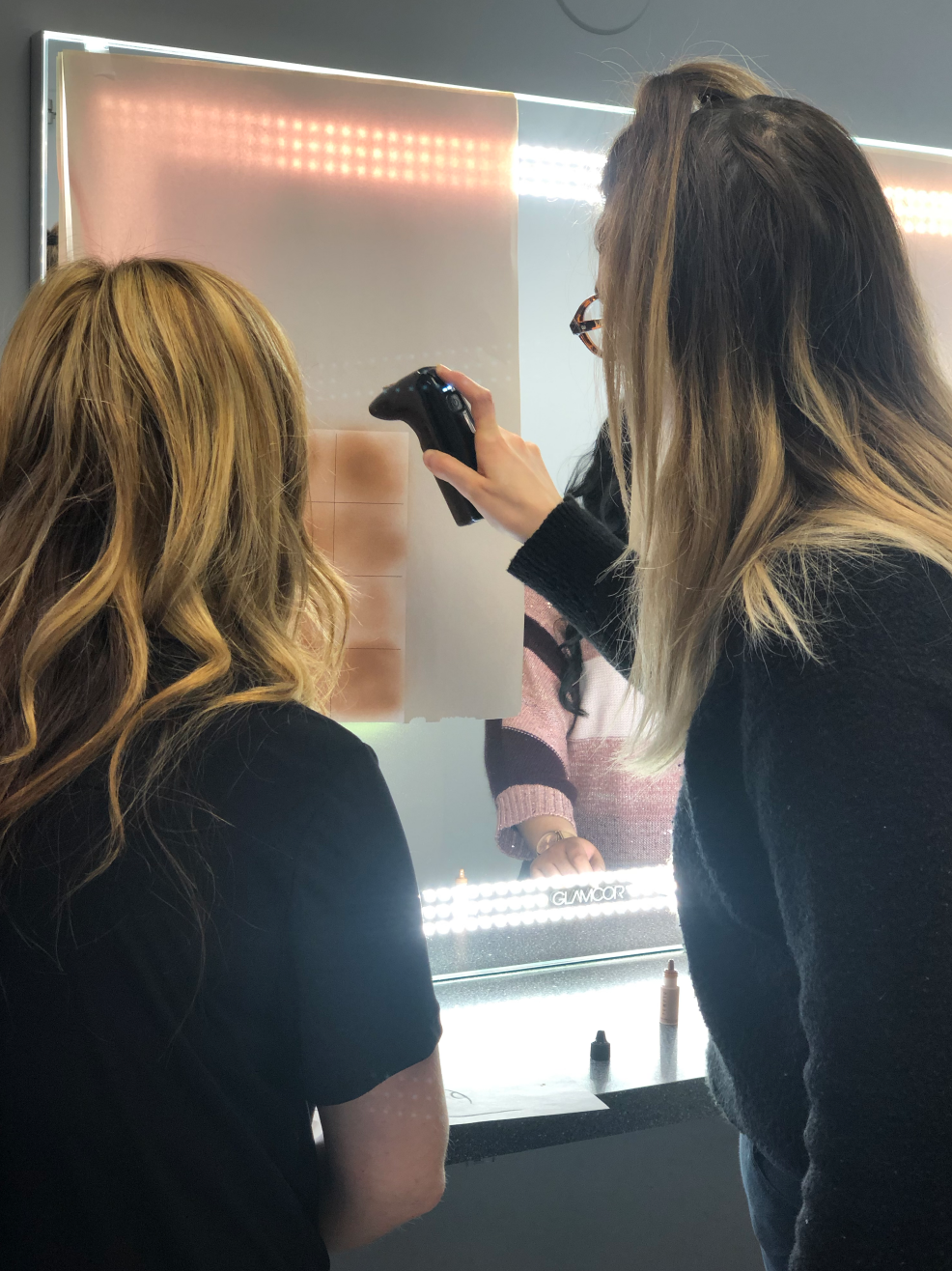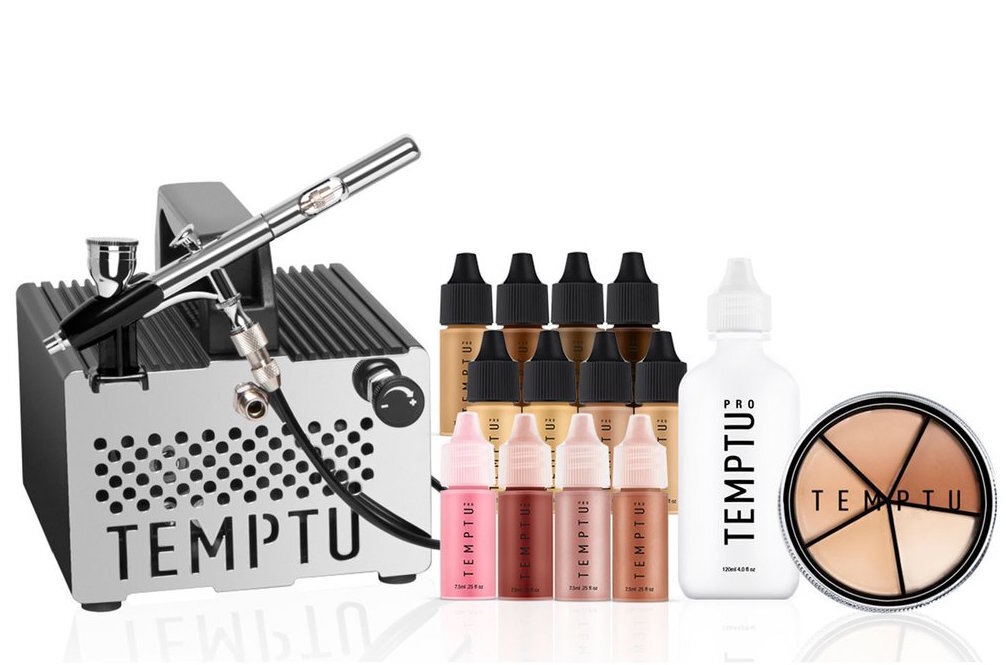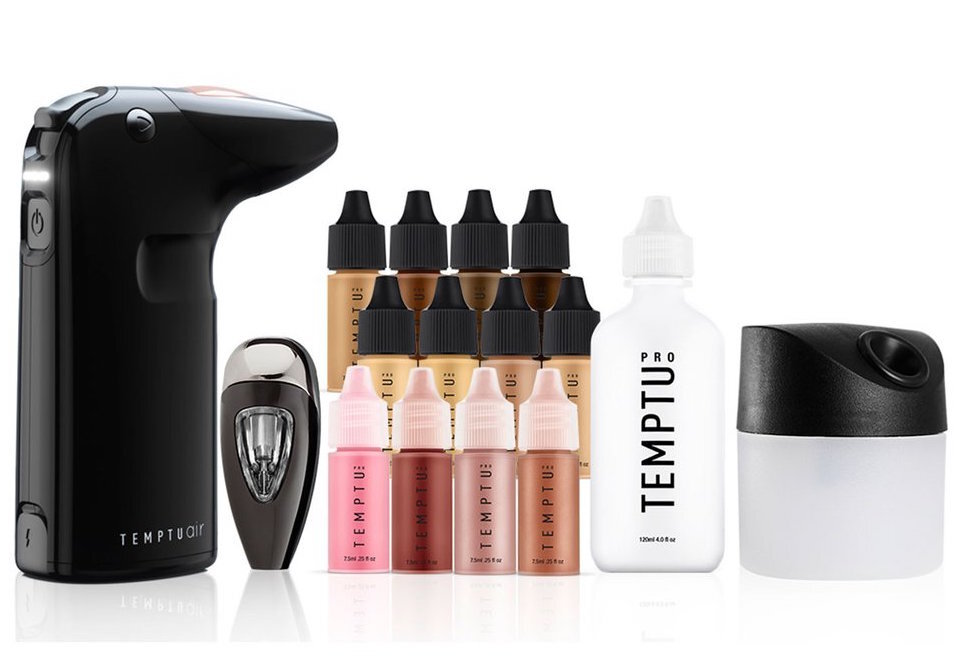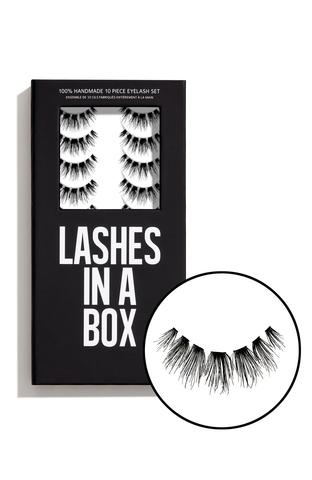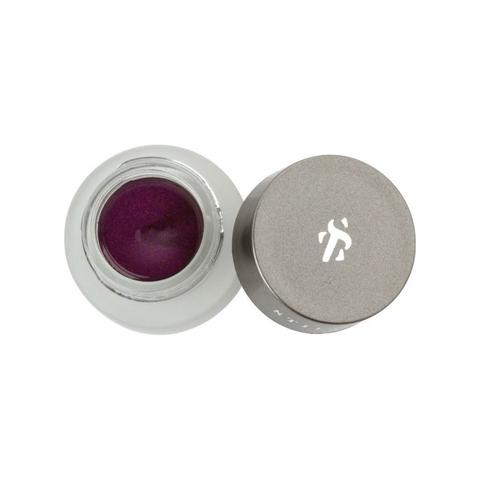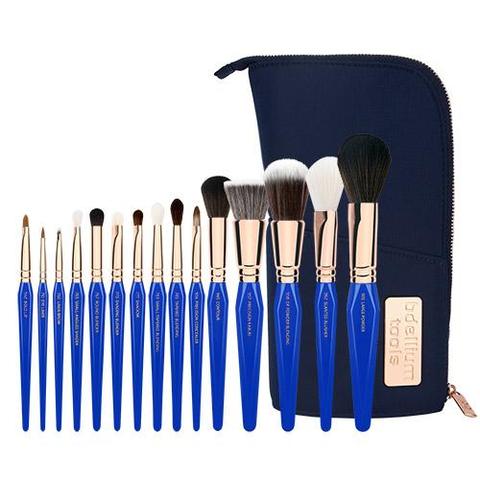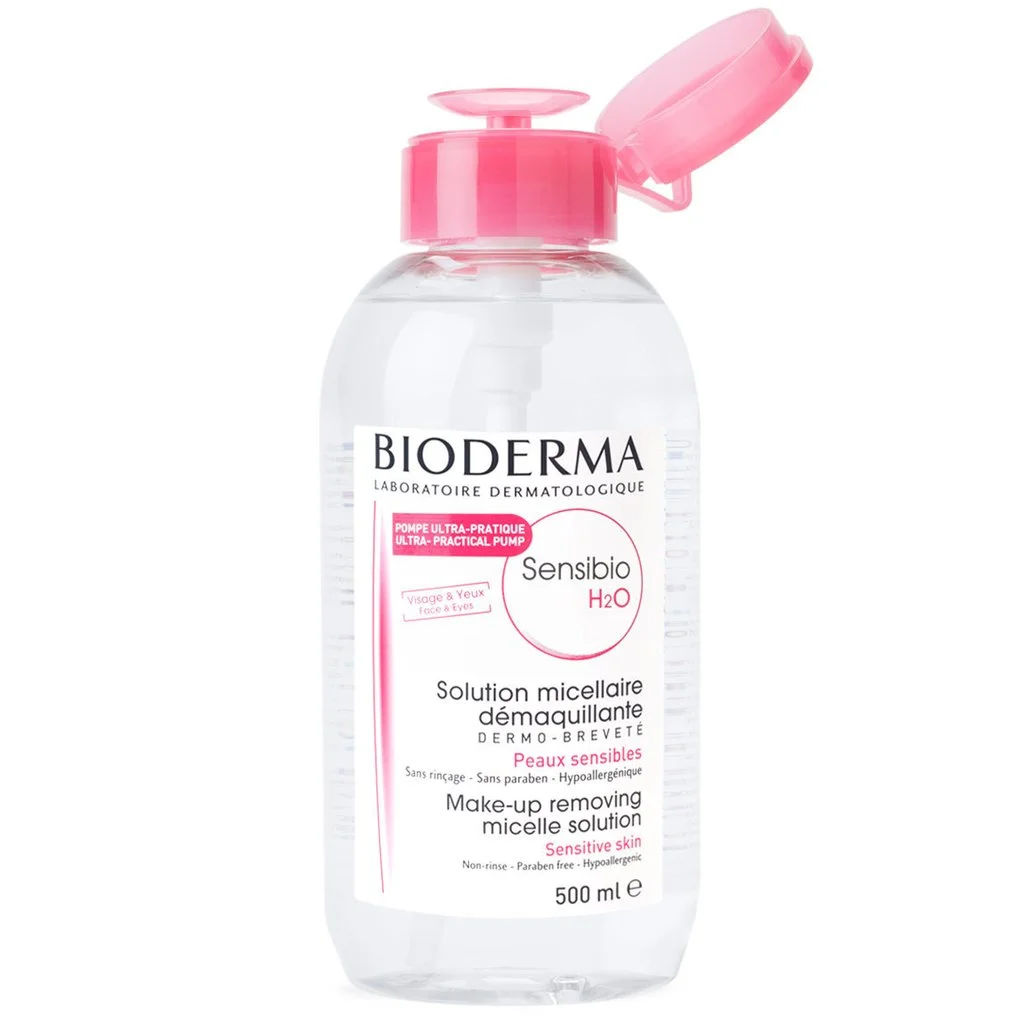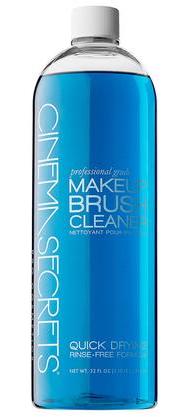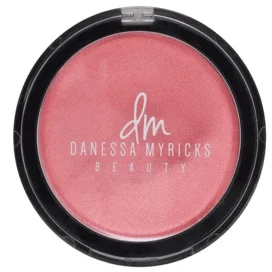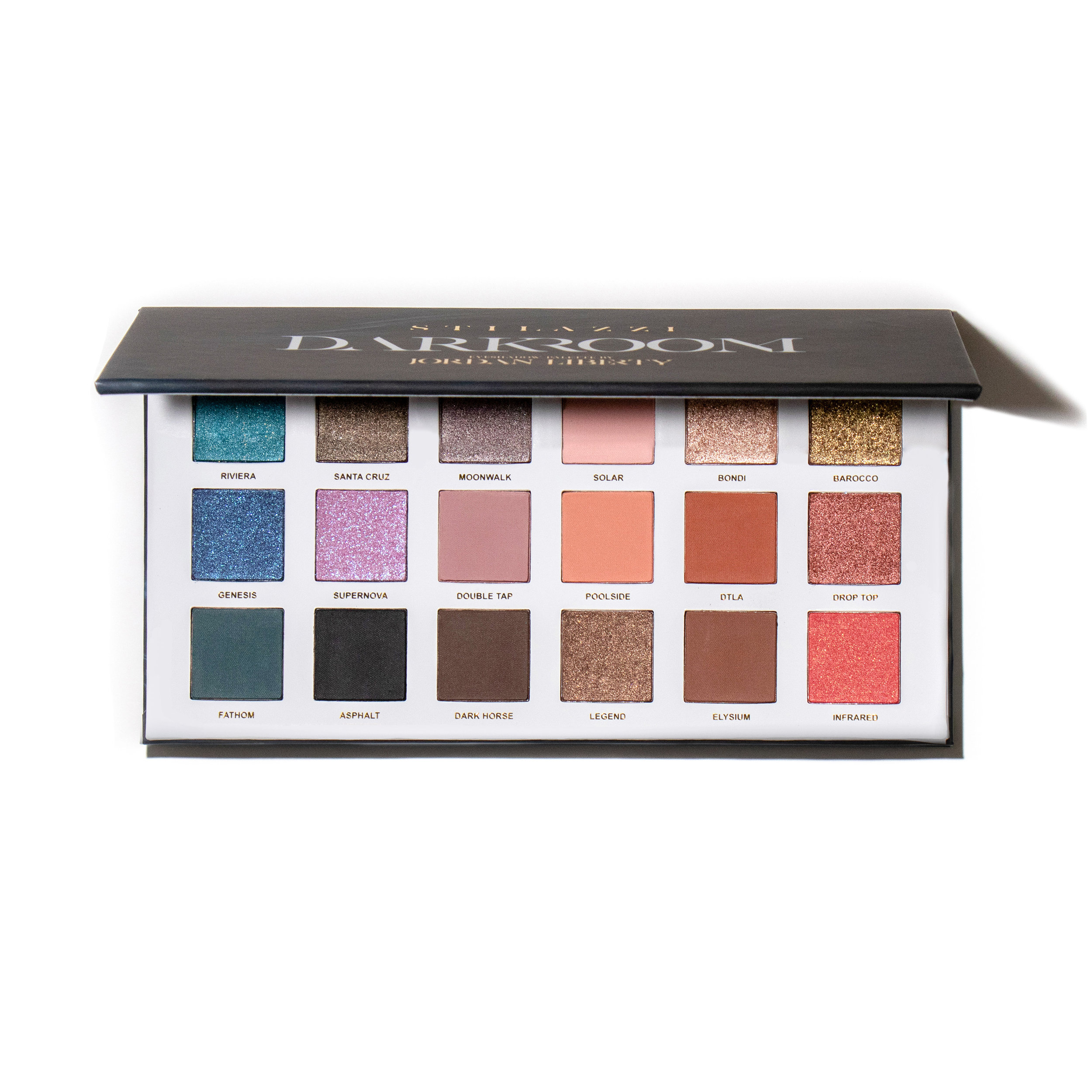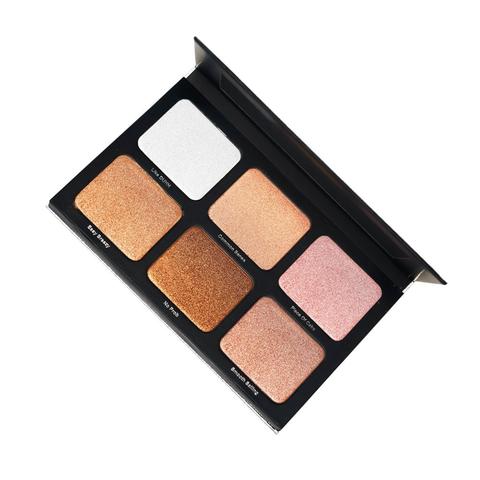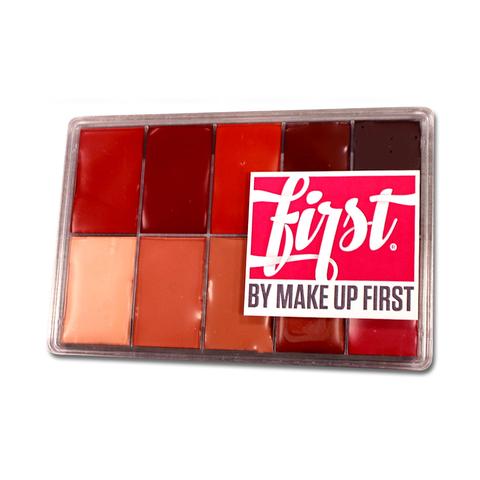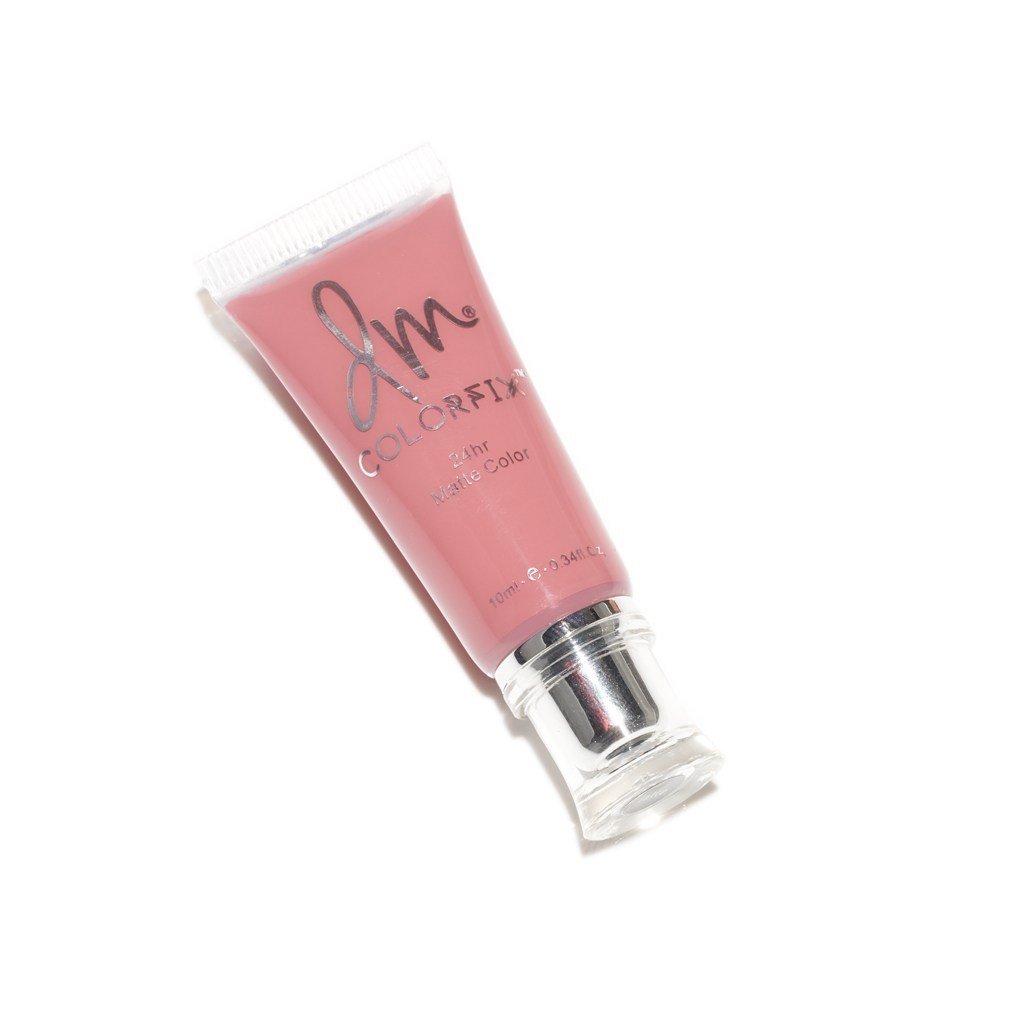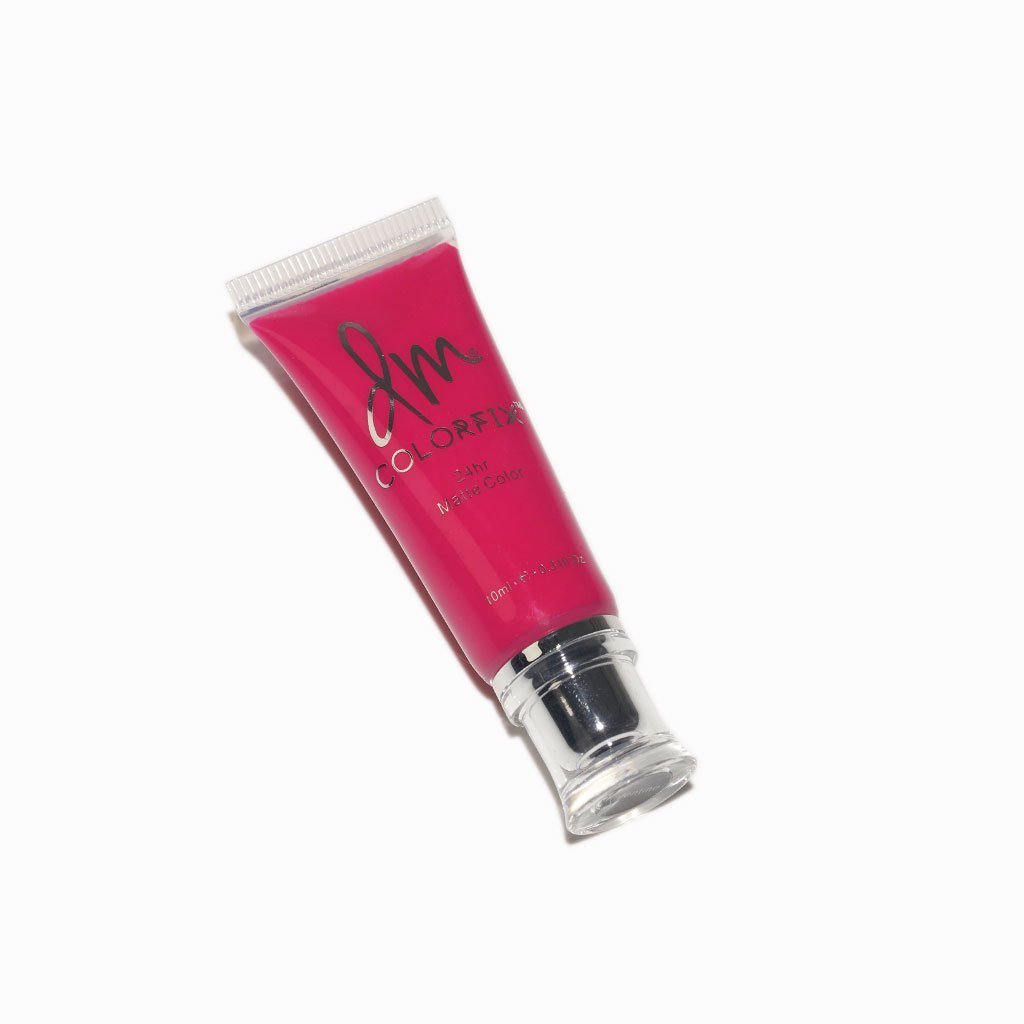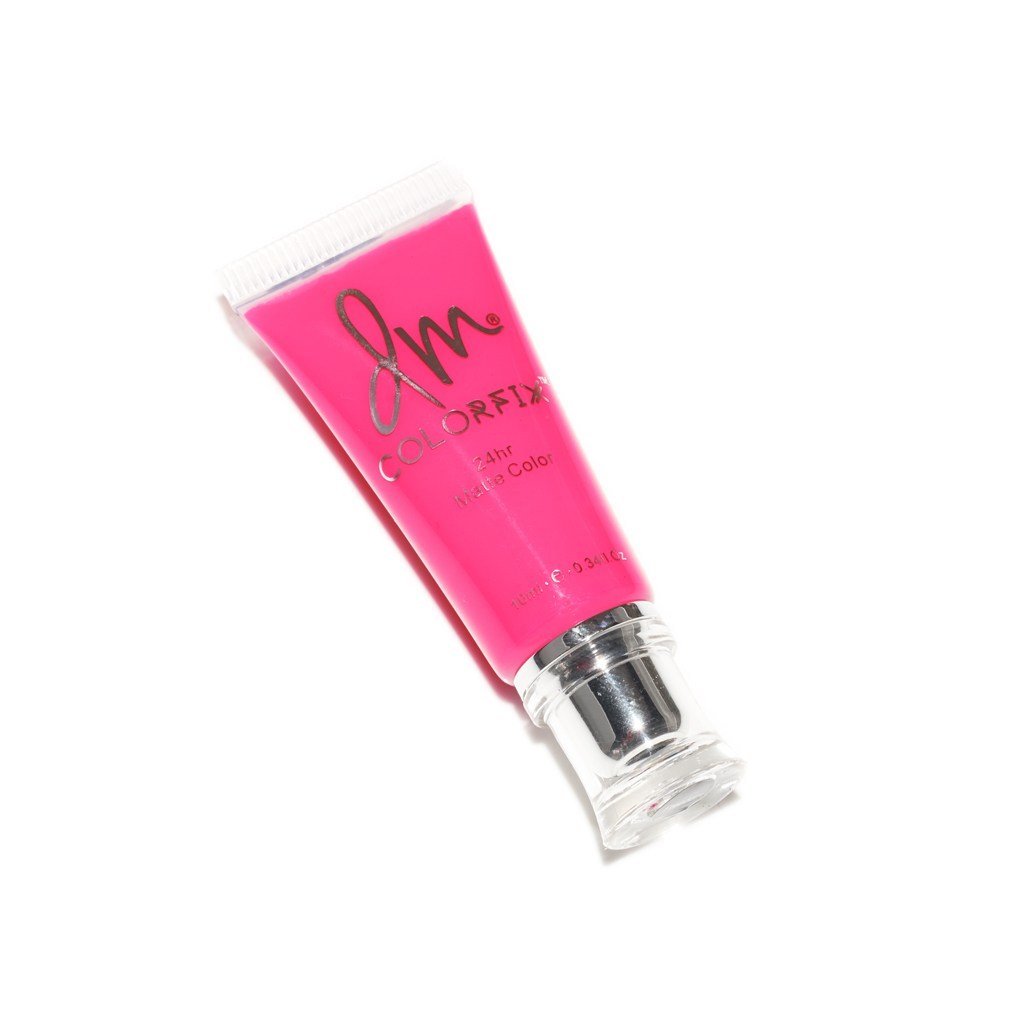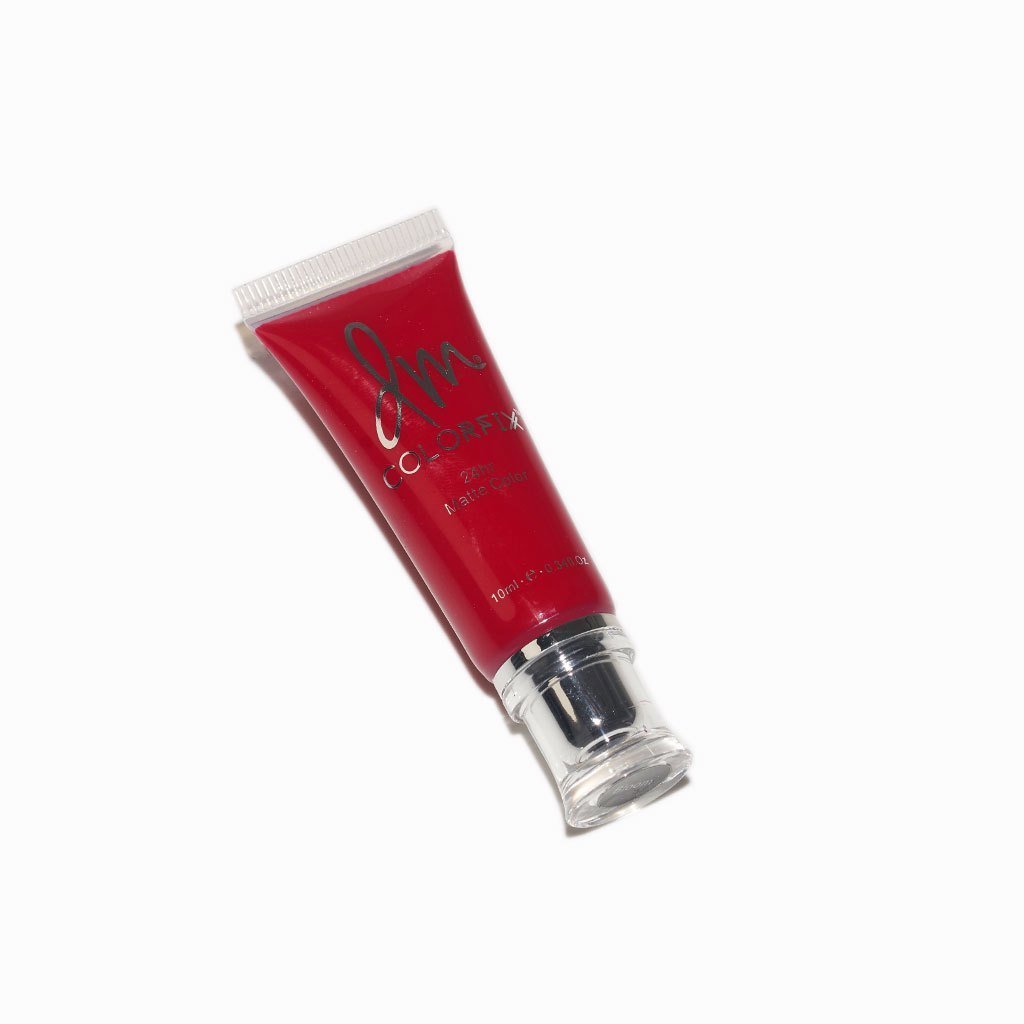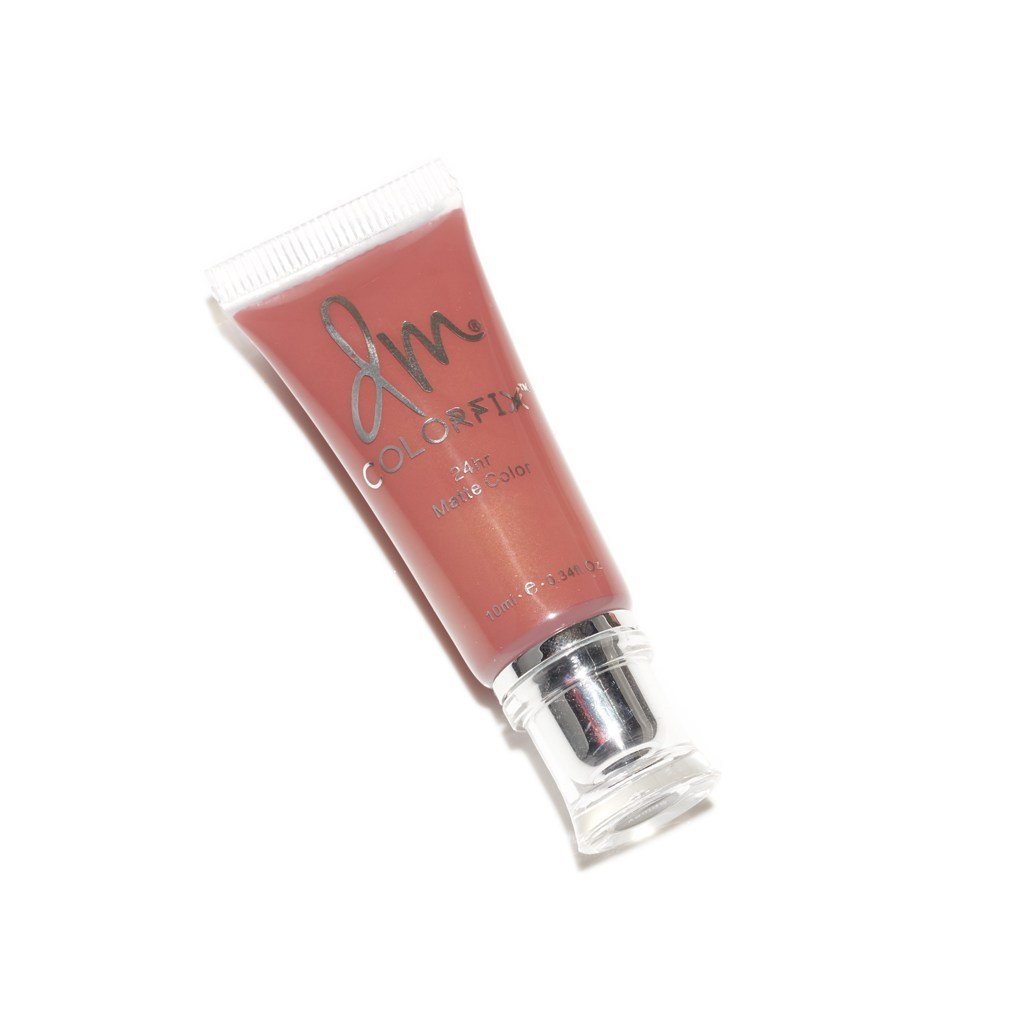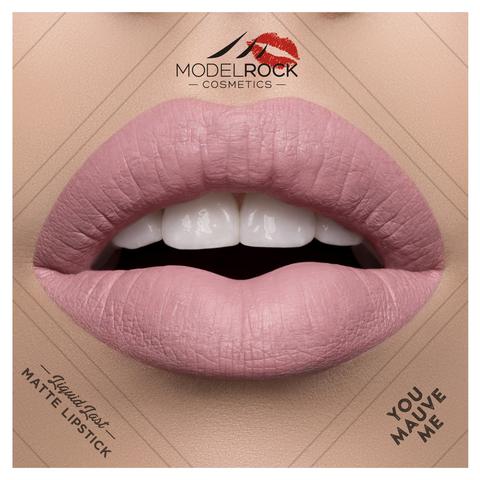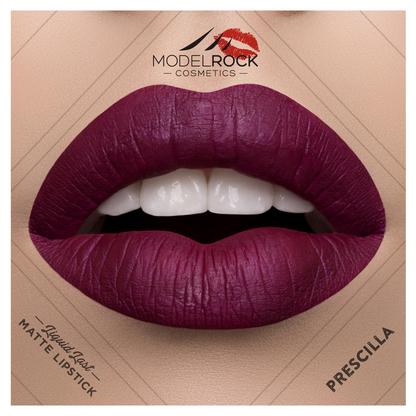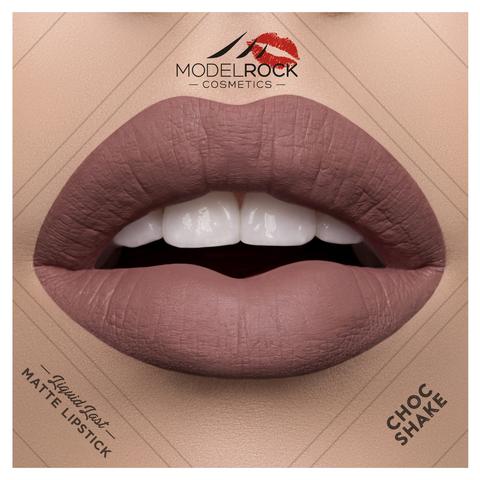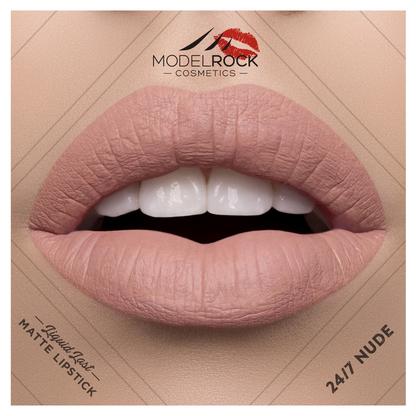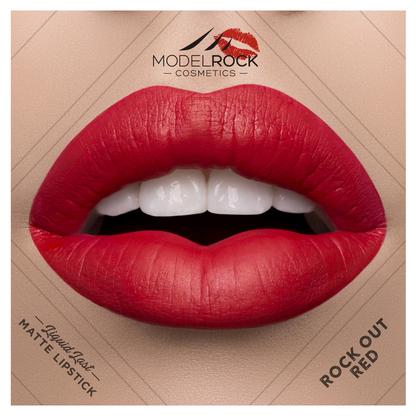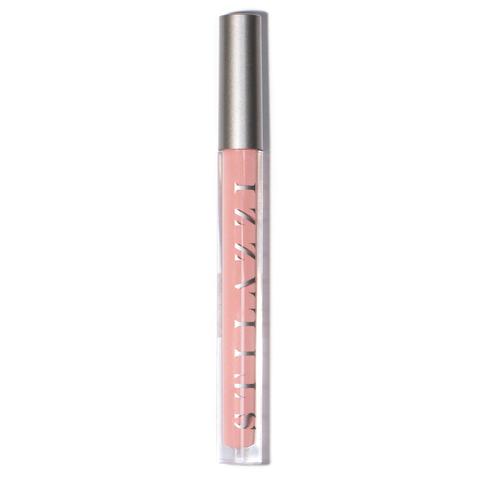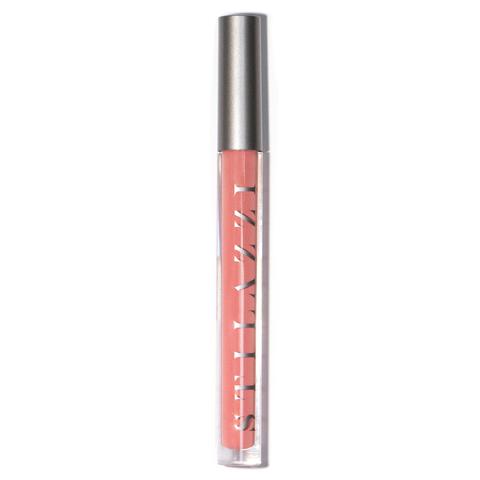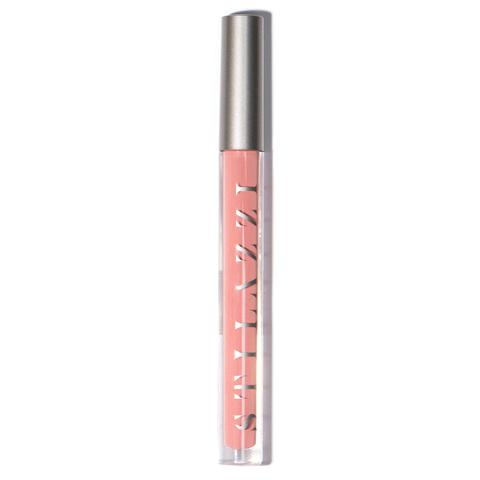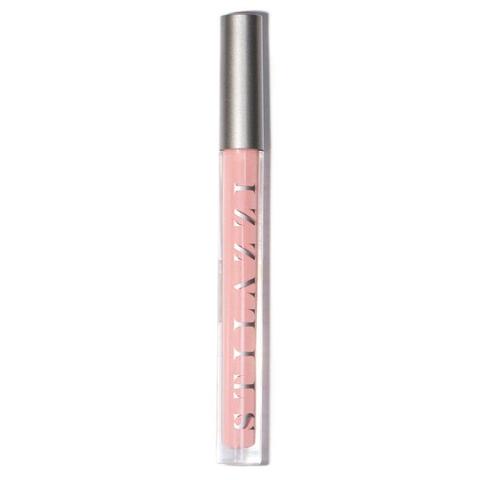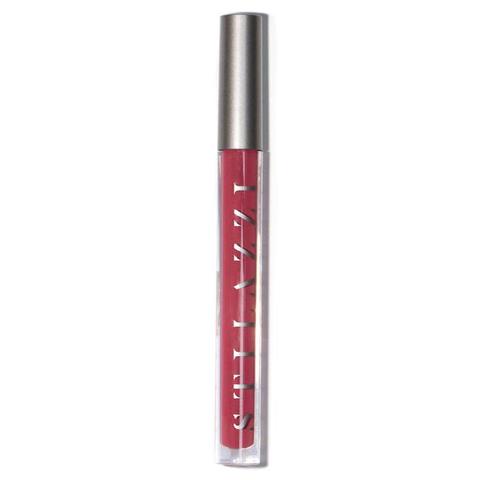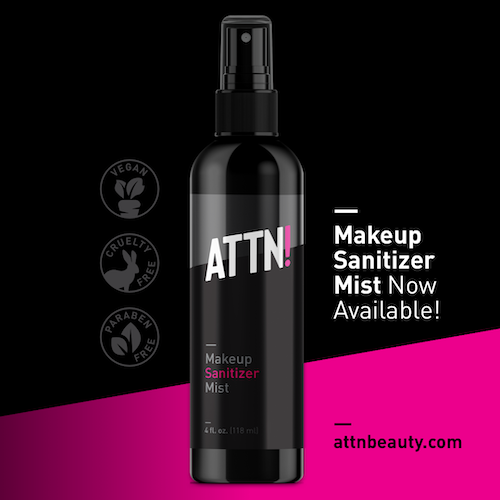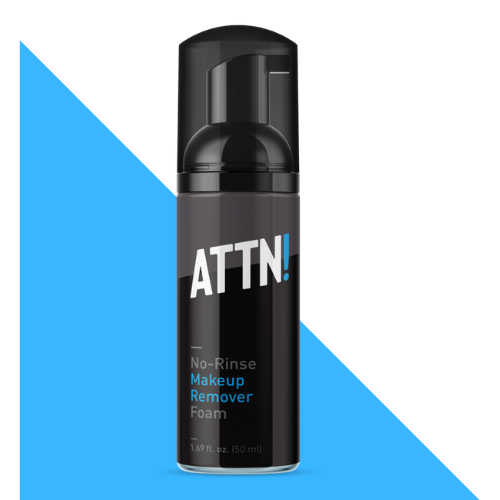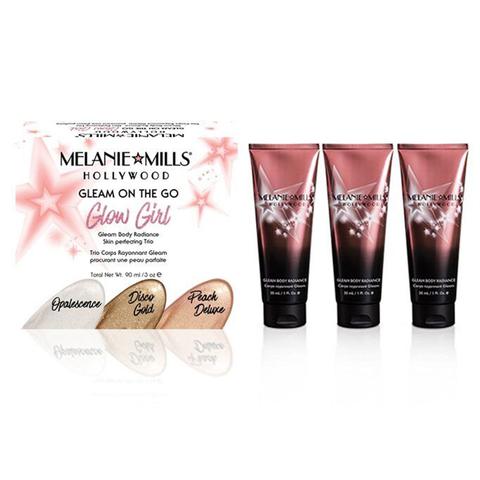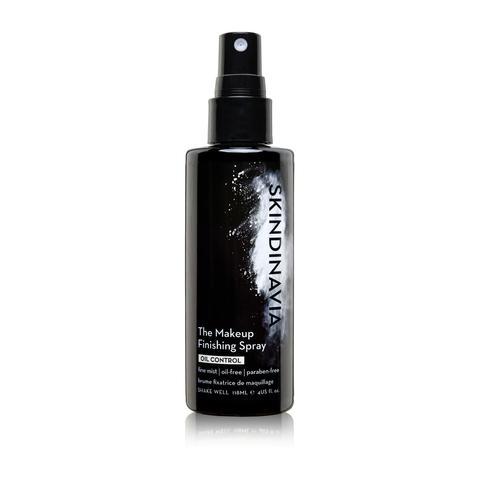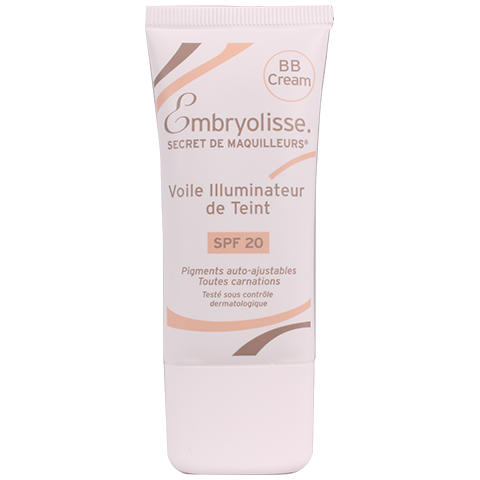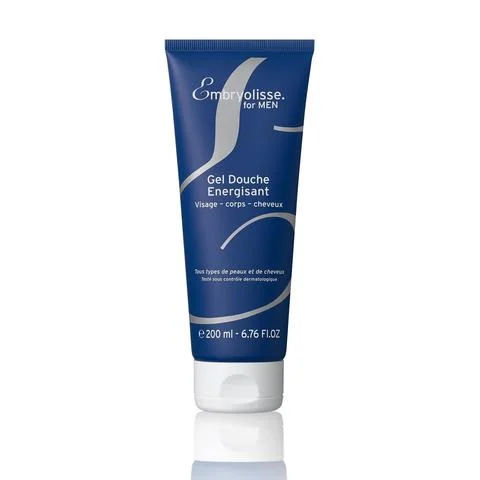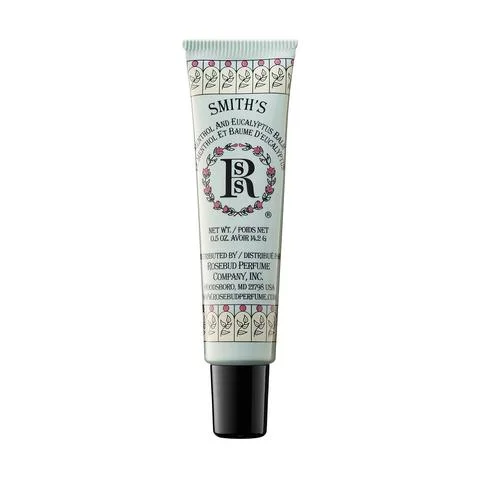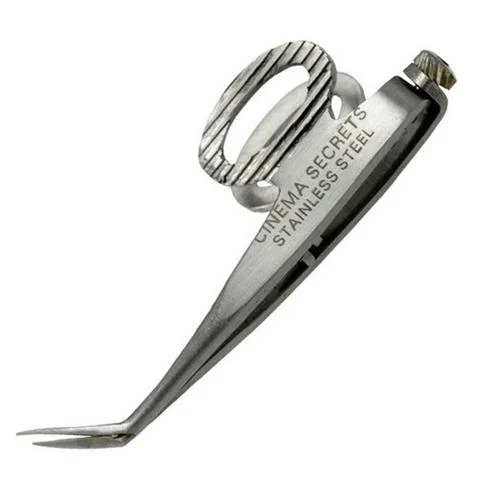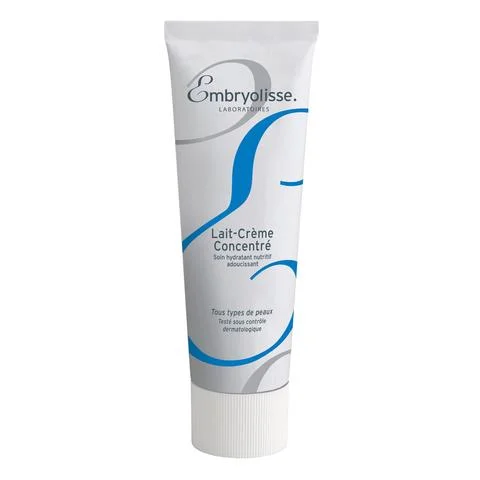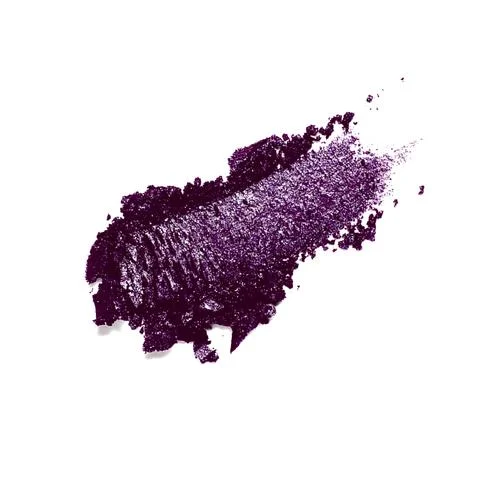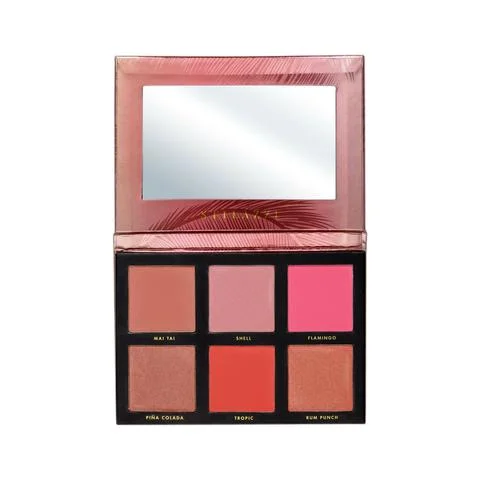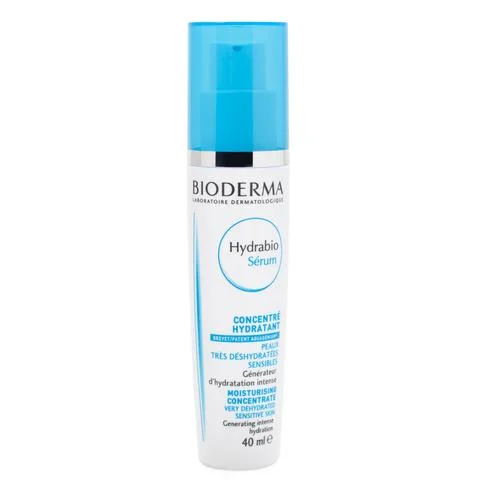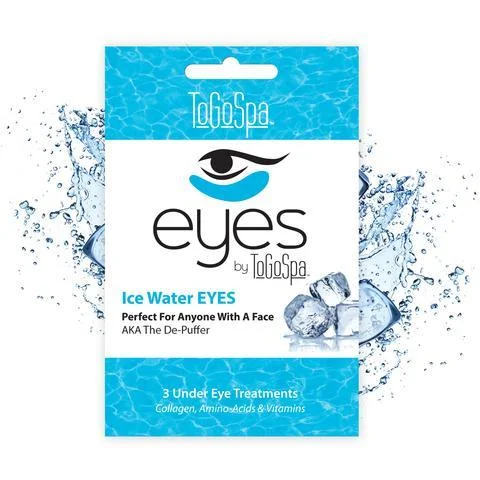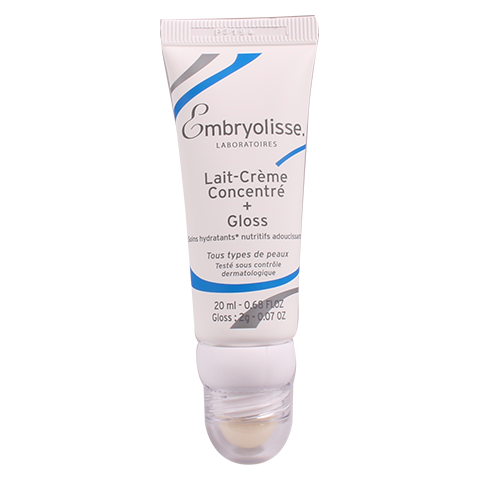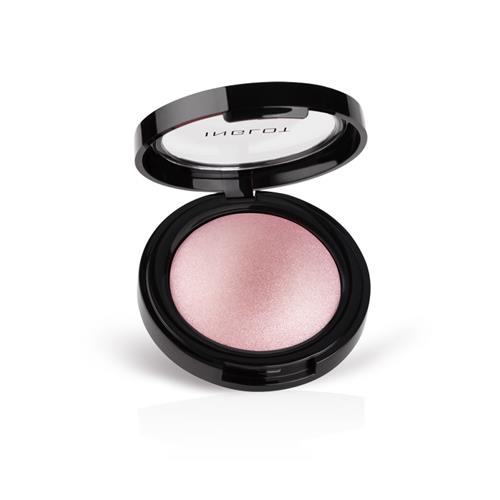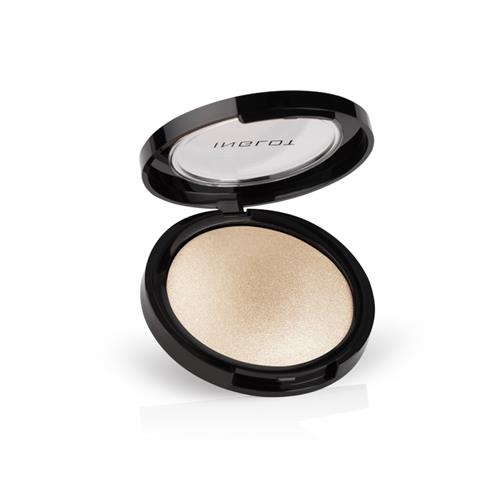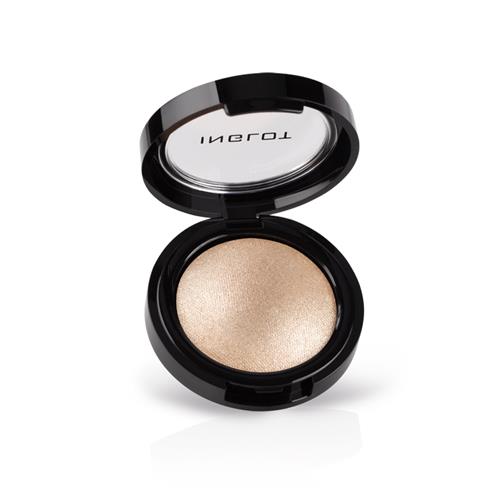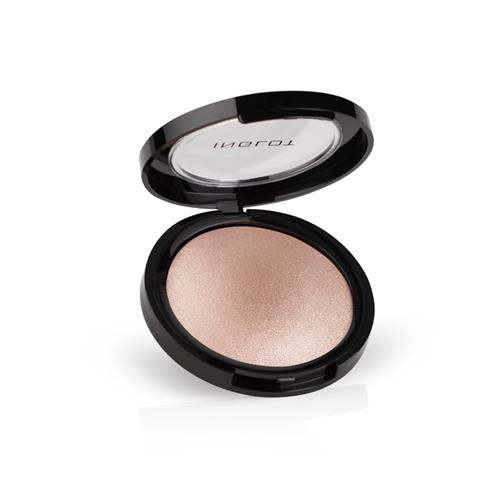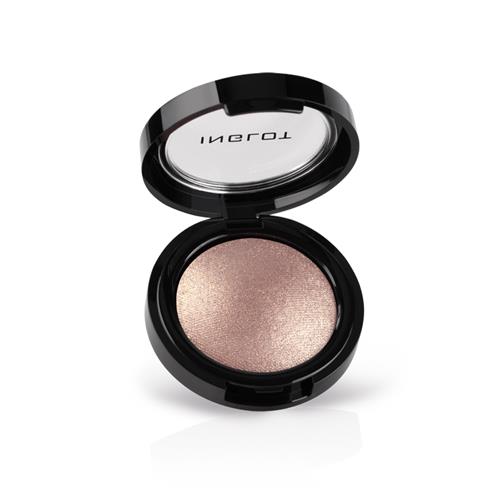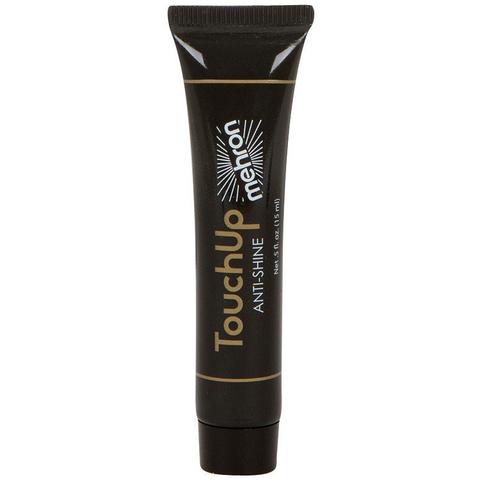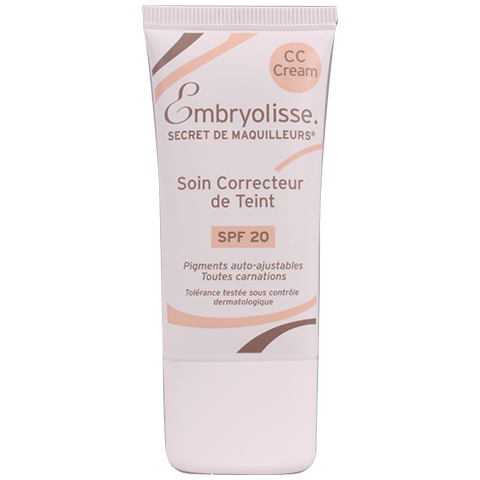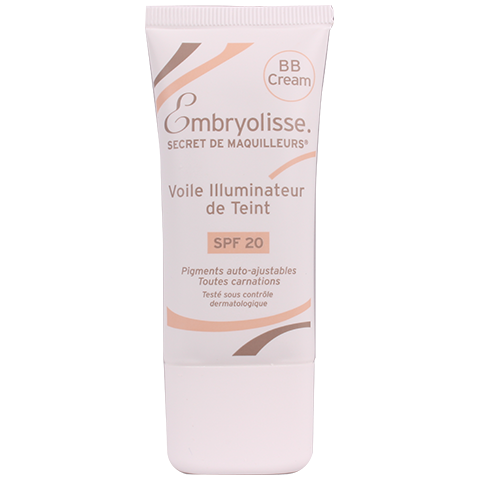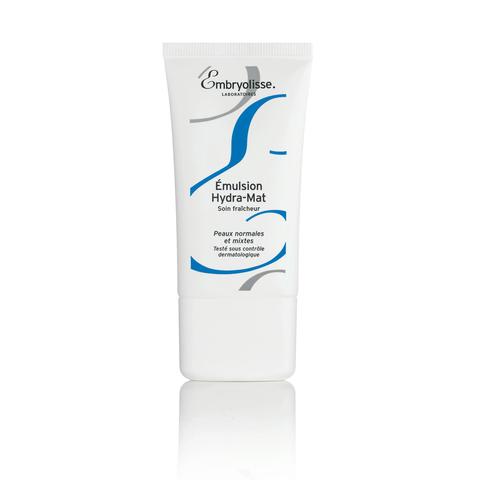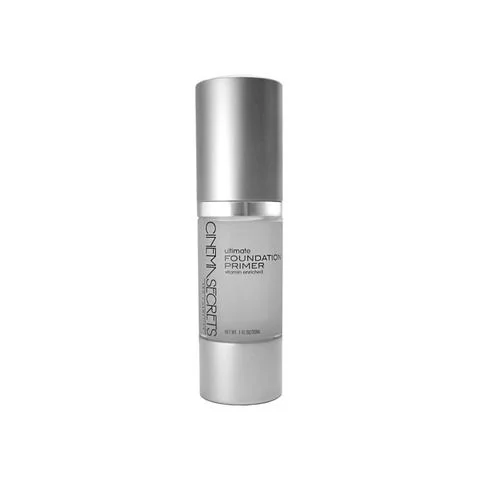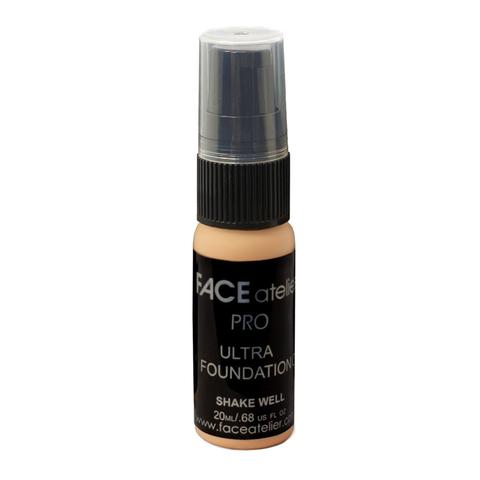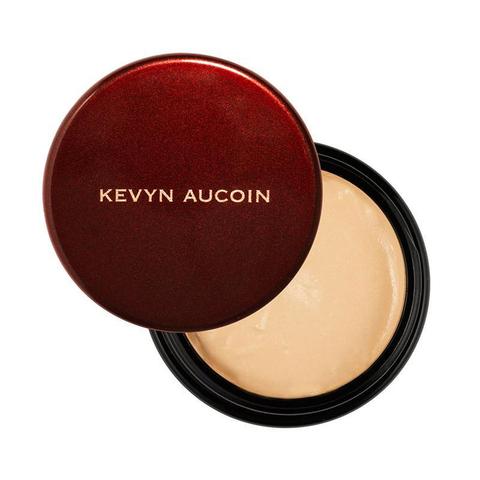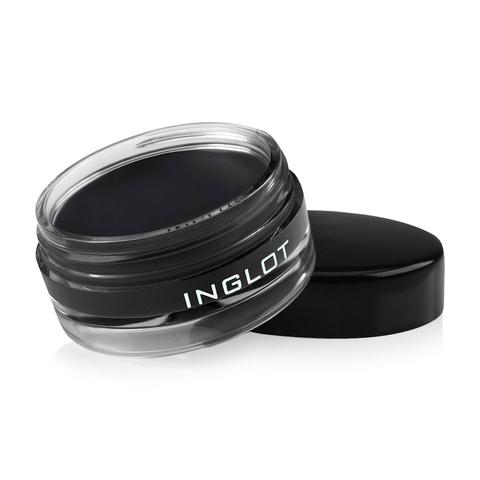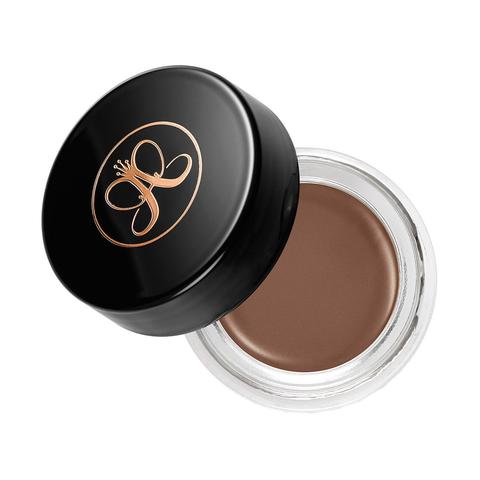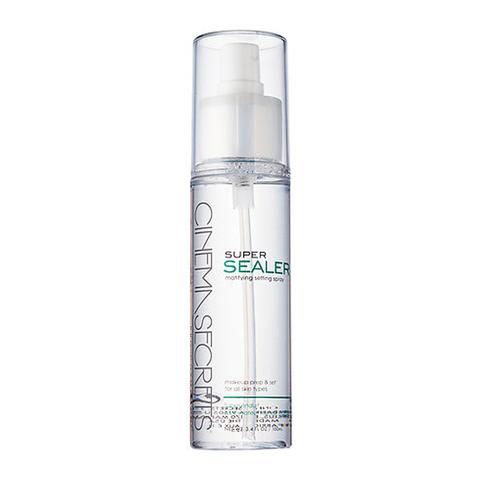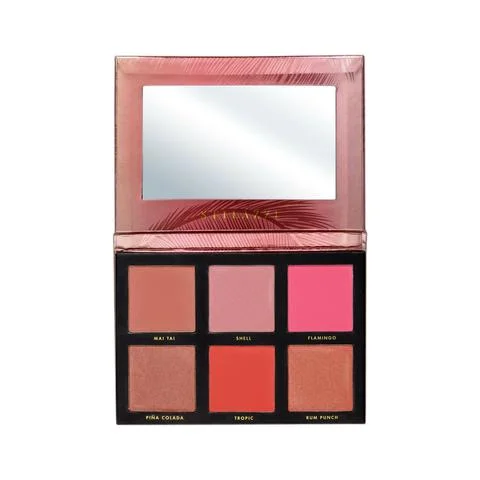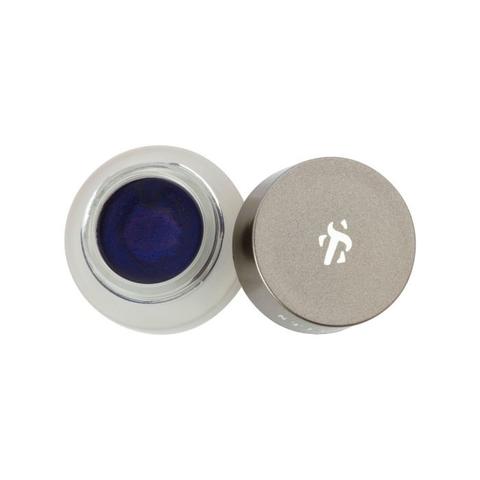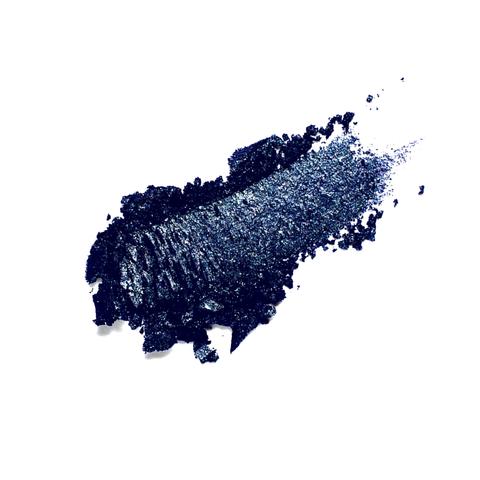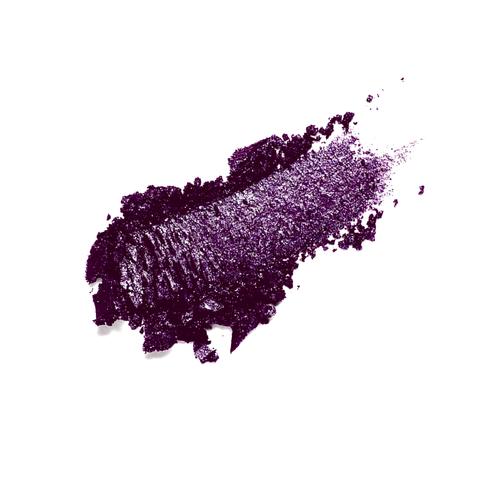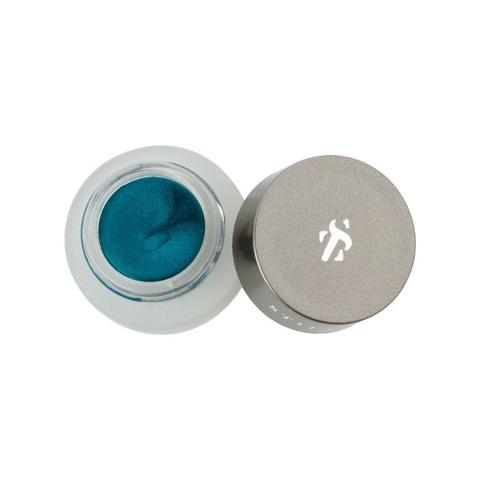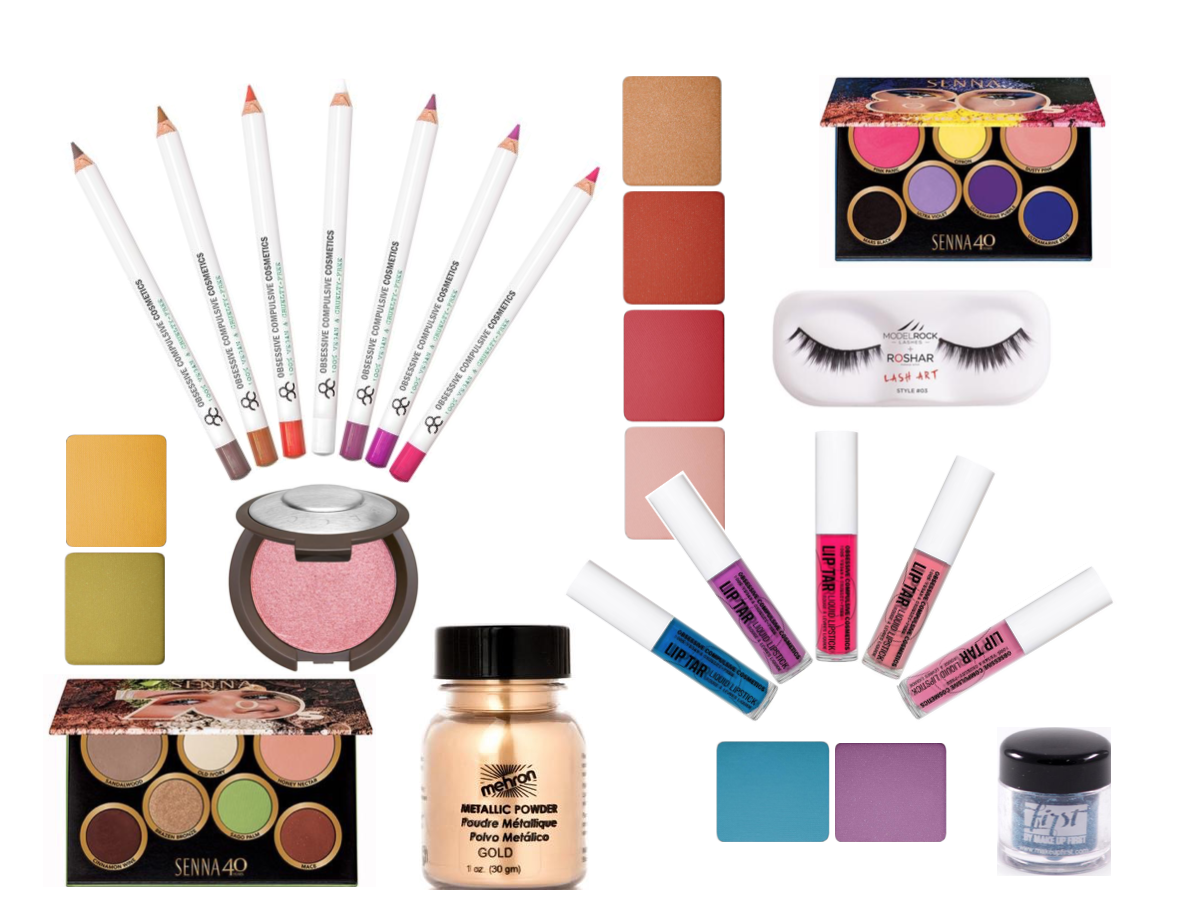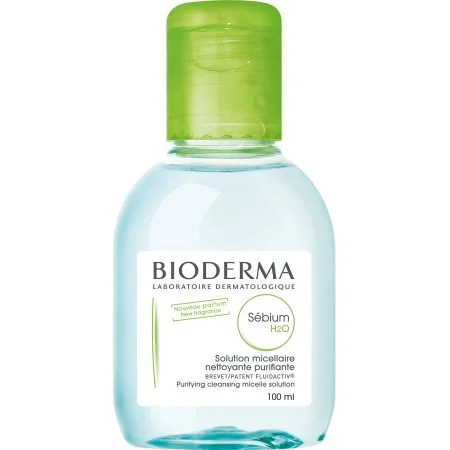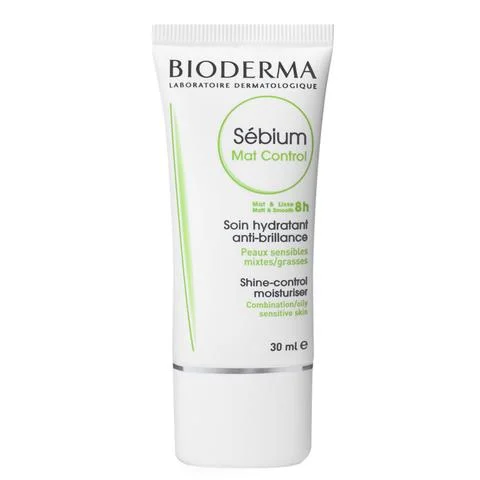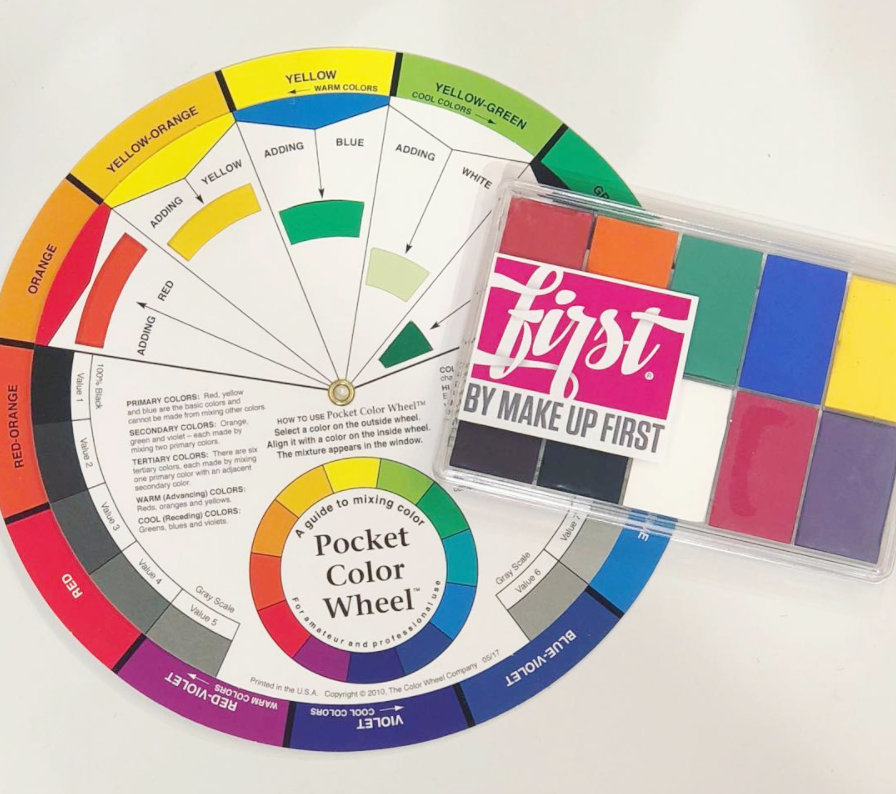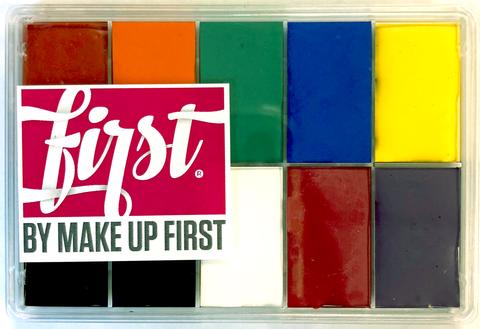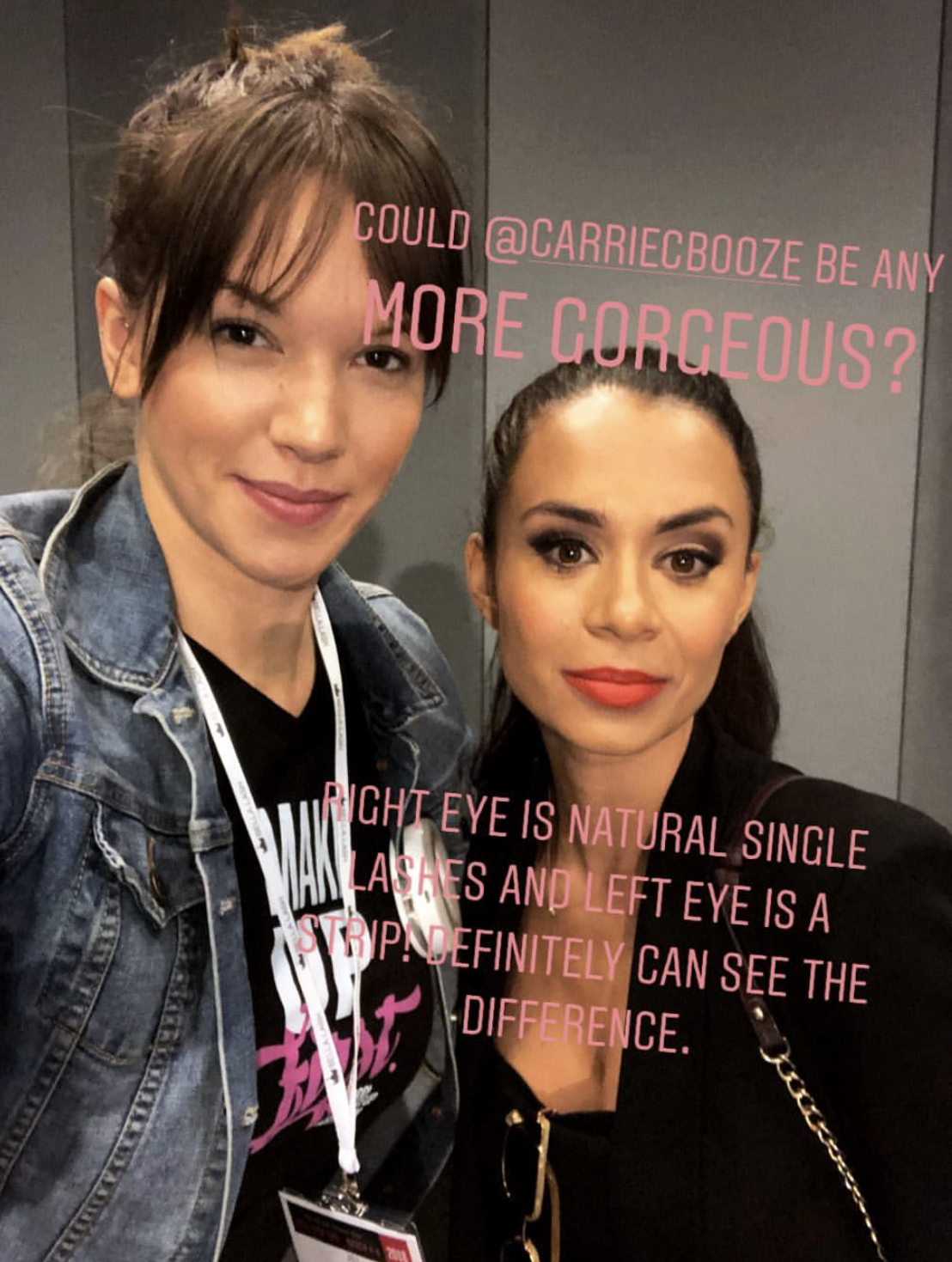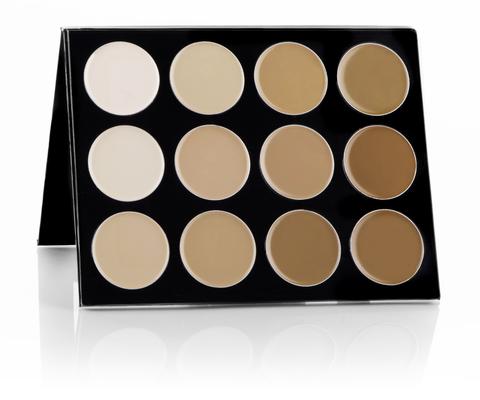–Yellow and Green create Yellow-Green.
–Yellow and Orange create Yellow-Orange.
Temperature
•True colors are either warm or cool.
•One half of the color wheel is warm; the other is cool.
Value
•The value of a color is measured by how much black, white or grey, has been added to a color.
•White is added to create a tint.
•Black is added to create a shade. (Deeper, more powerful)
•Use black sparingly; it can quickly “muddy” the color.
Grey is added to create a tone. (more subtle coloration).
A color may also be “toned down” by adding its complementary color in various increments.
Undertones/Surface tones – Temperature and Value
•Foundation selection is based on the undertone: warm foundations work with warm undertones; the same is true for cool undertones and cool foundation.
•Foundation must be selected according to value; light to dark.
•With the lightest and darkest skin tones, the greater the margin is for error: lines of demarcation will be more apparent.
•Surface tones are frequently mistaken by new MUA’s as the undertone.
•If the skin’s surface or overtones are incorrectly identified as the undertone, the foundation selection (and concealer) will be incorrect and unflattering.
Theories of Color Harmony – pleasing arrangements for the eye
•Complementary colors are those that are directly opposite one another on the color wheel; the competing colors create a strong, dramatic visual
•Analogous colors are those that are touching one another, are usually three colors with one predominant color, and are on the same side of the color. When well done, an analogous color scheme presents a seamless color flow.
•Split Complementary colors include a primary color and then one of two colors next to the direct opposite.
•Monochromatic color scheme is one in which only one true hue is used, and is accompanied only by tones (shades of grey). The item in color then becomes the focal point.
Nature – colors appearing in nature often are inexplicably beautiful and provide inspiration.
Accent Points-Eyes, Lips, Cheeks
•Color Theory is also important when choosing accent points.
•The makeup artist’s selection will determine whether the look will be neutral, or will “pop” with color.
•Neutral accent points are created when staying within the same temperature as the skin undertone.
•Vivid accent points are created when using colors, which are the opposite of the undertone
•Textures, which include shimmer, will create more drama, even for the neutral palette.
PHOTOS FROM OUR RECENT COLOR THEORY CLASS AT IBS - NYC!
